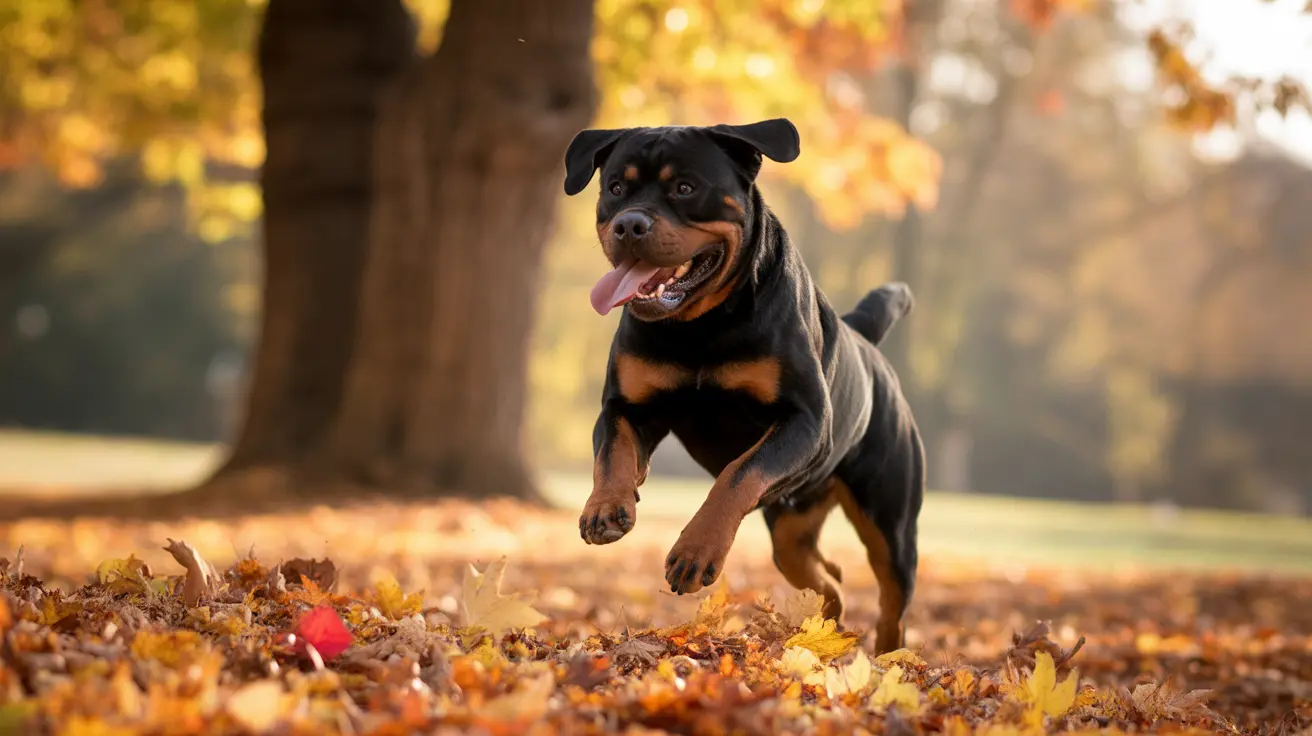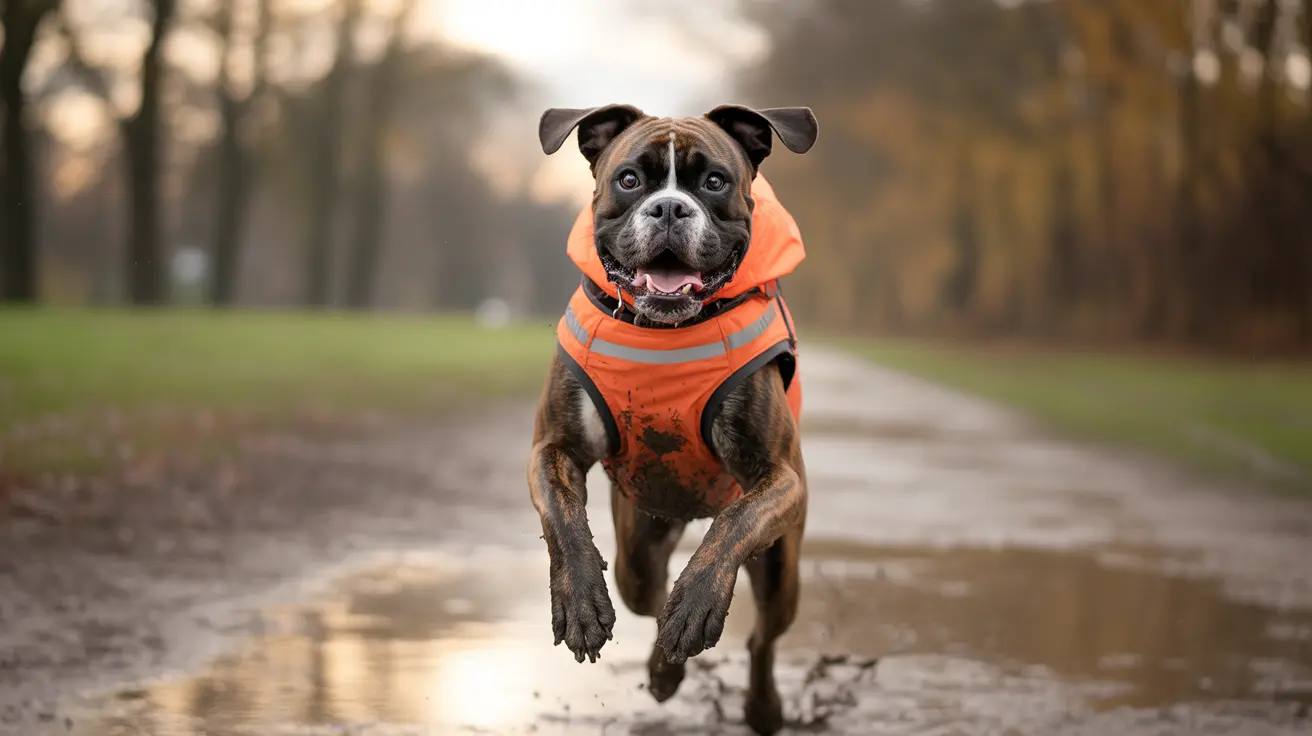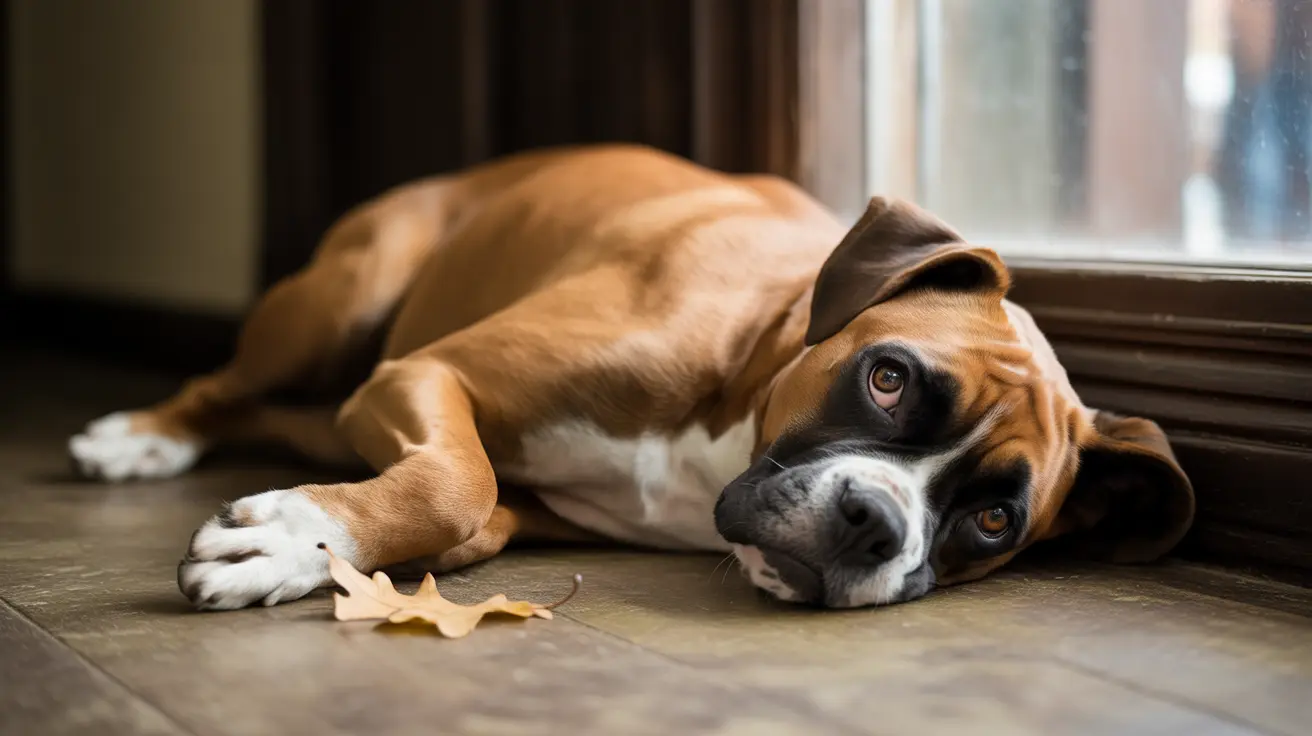Understanding What Kills Flea Eggs on Dogs
Fleas are more than just a nuisance to dogs—they can lead to serious skin issues, allergic reactions, and even tapeworms. One of the biggest challenges in controlling fleas is not just killing the adult insects but also stopping the reproduction cycle. This involves understanding how to eliminate flea eggs, the root of future infestations.
Why Flea Eggs Matter in Infestations
Flea eggs are the first stage in a flea's life cycle. Though tiny and hard to see, eggs are everywhere once fleas lay them—on your dog, in bedding, carpets, and furniture.
- Fleas lay dozens of eggs per day.
- Eggs fall off the dog and scatter into the environment.
- Within days, eggs hatch into larvae, eventually becoming adult fleas.
Without destroying the eggs, you'll face constant reinfestation.
Do Dish Soaps Kill Flea Eggs?
Dish soaps, like Dawn, are commonly used in emergency situations to wash animals exposed to oil and tar. They are known to kill adult fleas on contact by breaking the flea's outer coating. However, their effectiveness stops there.
Dish soaps do not kill flea eggs, larvae, or pupae. They only remove existing live fleas during the wash. Once your dog is dry, new fleas can quickly hop back on from the environment.
Dish soaps are also not recommended for regular use because:
- They are too harsh for a dog’s neutral skin pH.
- They can strip away natural oils, leading to dry, irritated skin.
- They increase the risk of skin infections and allergies.
What Actually Kills Flea Eggs?
To eliminate flea eggs effectively, a comprehensive flea control strategy is necessary. This includes:
- Veterinarian-recommended flea treatments (topical or oral) that contain insect growth regulators (IGRs), such as lufenuron or methoprene. These prevent fleas from maturing or reproducing.
- Environmental cleaning—vacuum frequently, wash pet bedding, and treat carpets with flea sprays or powders designed to kill all stages of fleas.
- Yard treatment if your dog spends time outdoors. Use flea-safe yard sprays or nematodes that feed on flea larvae.
When to Use Dish Soap and How
If you must use dish soap in an emergency—for example, for a one-time flea bath—follow these precautions:
- Dilute the soap: 1 teaspoon to 1 tablespoon per quart/liter of warm water.
- Quick application: Lather and rinse promptly to avoid skin irritation.
- Avoid sensitive areas like the eyes, ears, and broken skin.
- Restore moisture with a dog-friendly conditioner or moisturizer.
Do not use dish soap routinely, especially for dogs with sensitive skin or allergies. Seek veterinary-approved alternatives for regular hygiene and flea control.
Use Dog-Specific Shampoos and Treatments
For routine bathing, opt for pet-specific shampoos that are pH-balanced for dogs. These may include ingredients like:
- Aloe vera
- Oatmeal
- Coconut oil
- Vitamin E
These products cleanse while maintaining skin and coat health, unlike dish soap which can cause dryness and irritation.
Comprehensive Flea Control Plan
Dawn may help with immediate flea removal, but without a broader strategy, eggs and larvae will persist. A complete plan should include:
- Vet-prescribed flea prevention (monthly treatments)
- Environmental decontamination (vacuuming, washing, sprays)
- Monitoring and regular follow-ups
By tackling fleas at every life stage—including eggs—you can effectively prevent reinfestation and keep your dog comfortable and healthy.
Conclusion
While dish soap like Dawn kills fleas on contact, it does not eliminate flea eggs. Long-term control requires veterinary products, regular cleaning, and safe, dog-specific shampoos. Never substitute dish soap in routine care, and always consult your veterinarian for the safest and most effective strategy against flea infestations.





